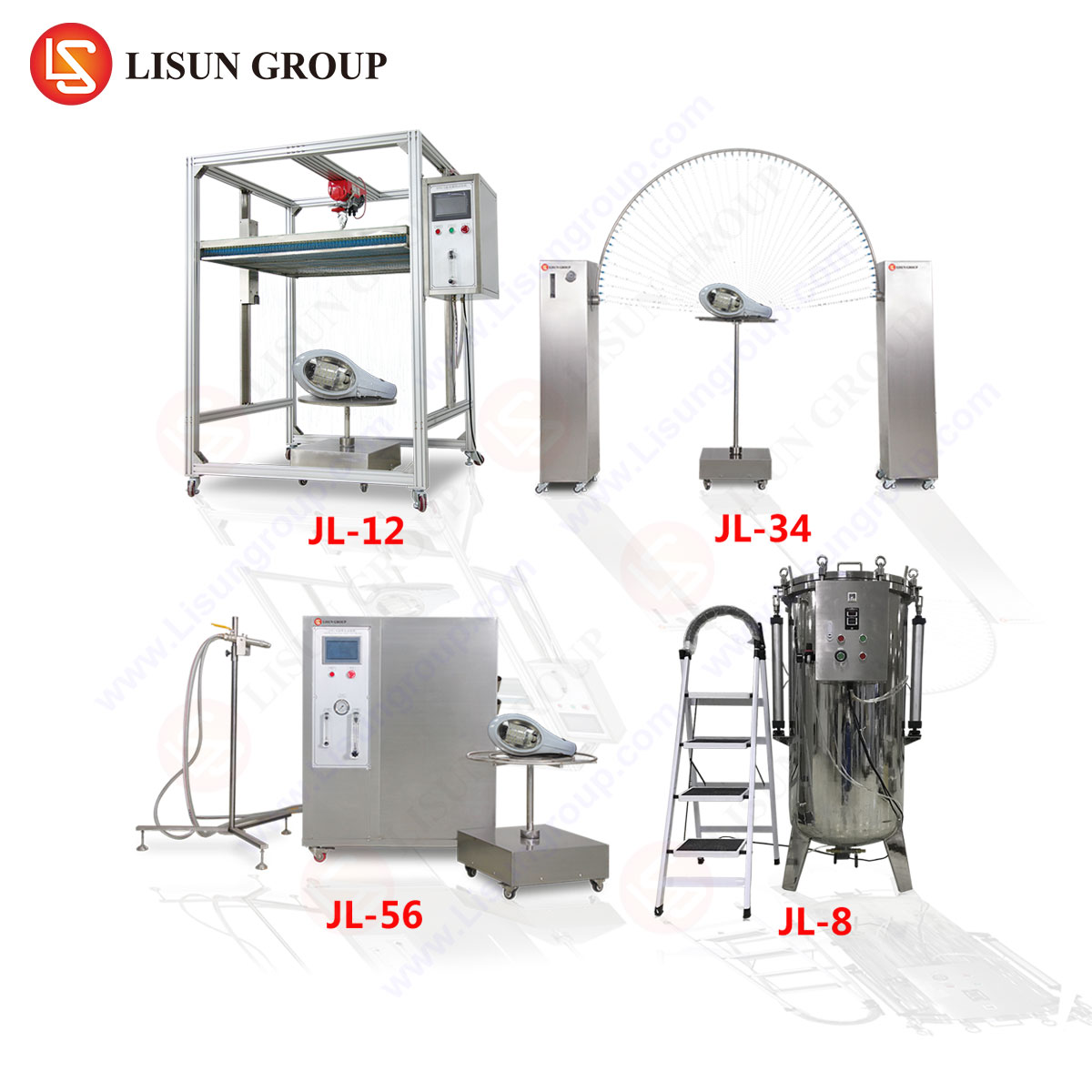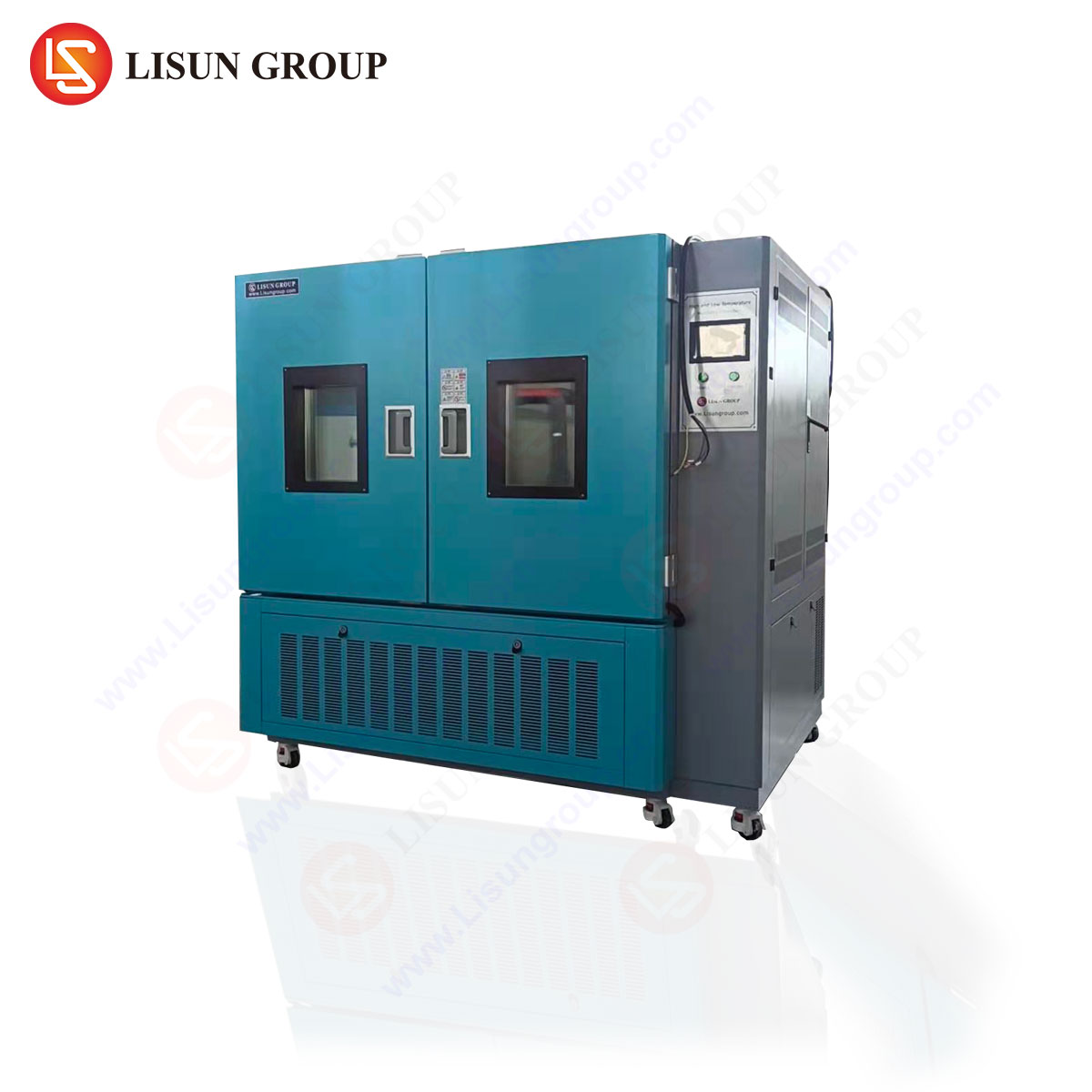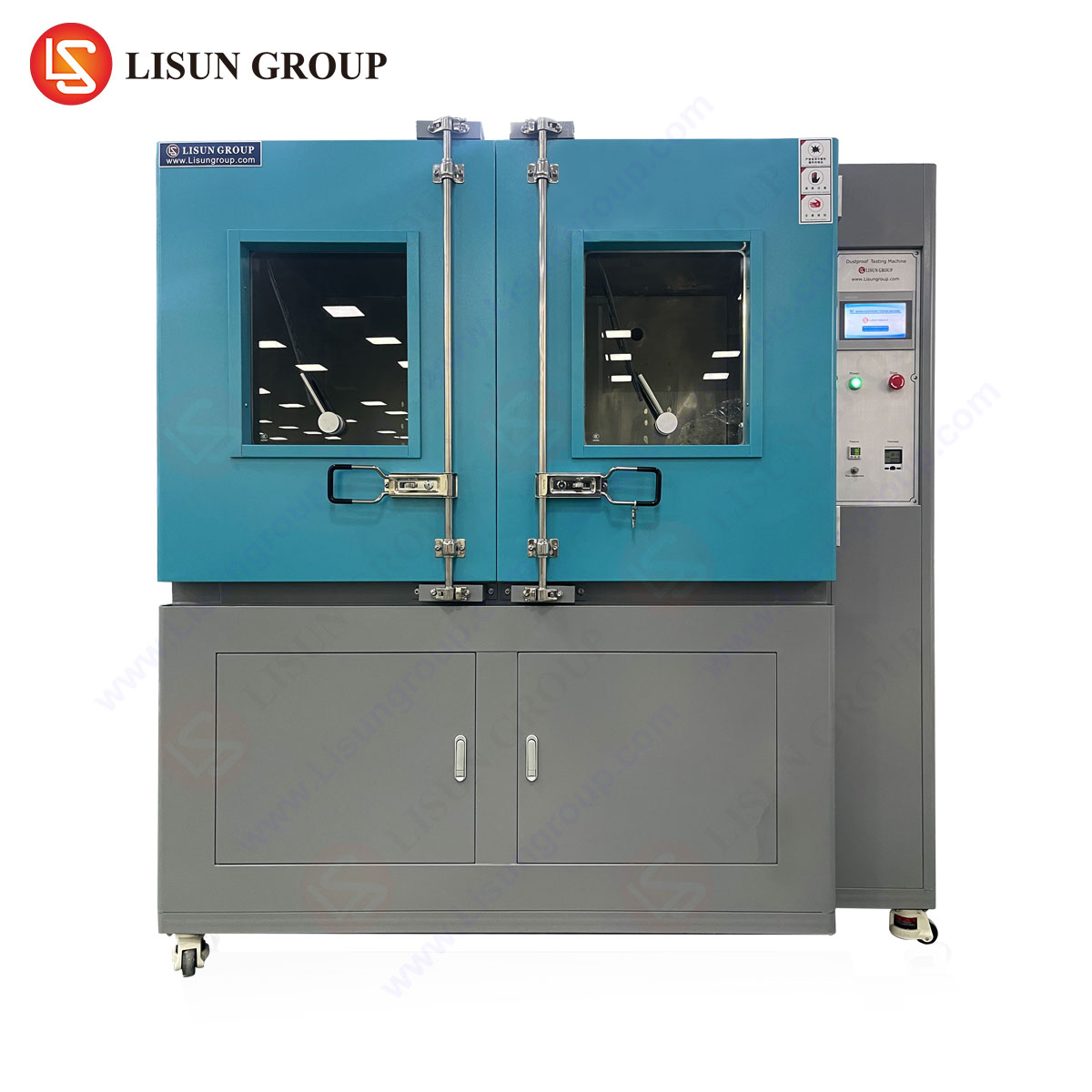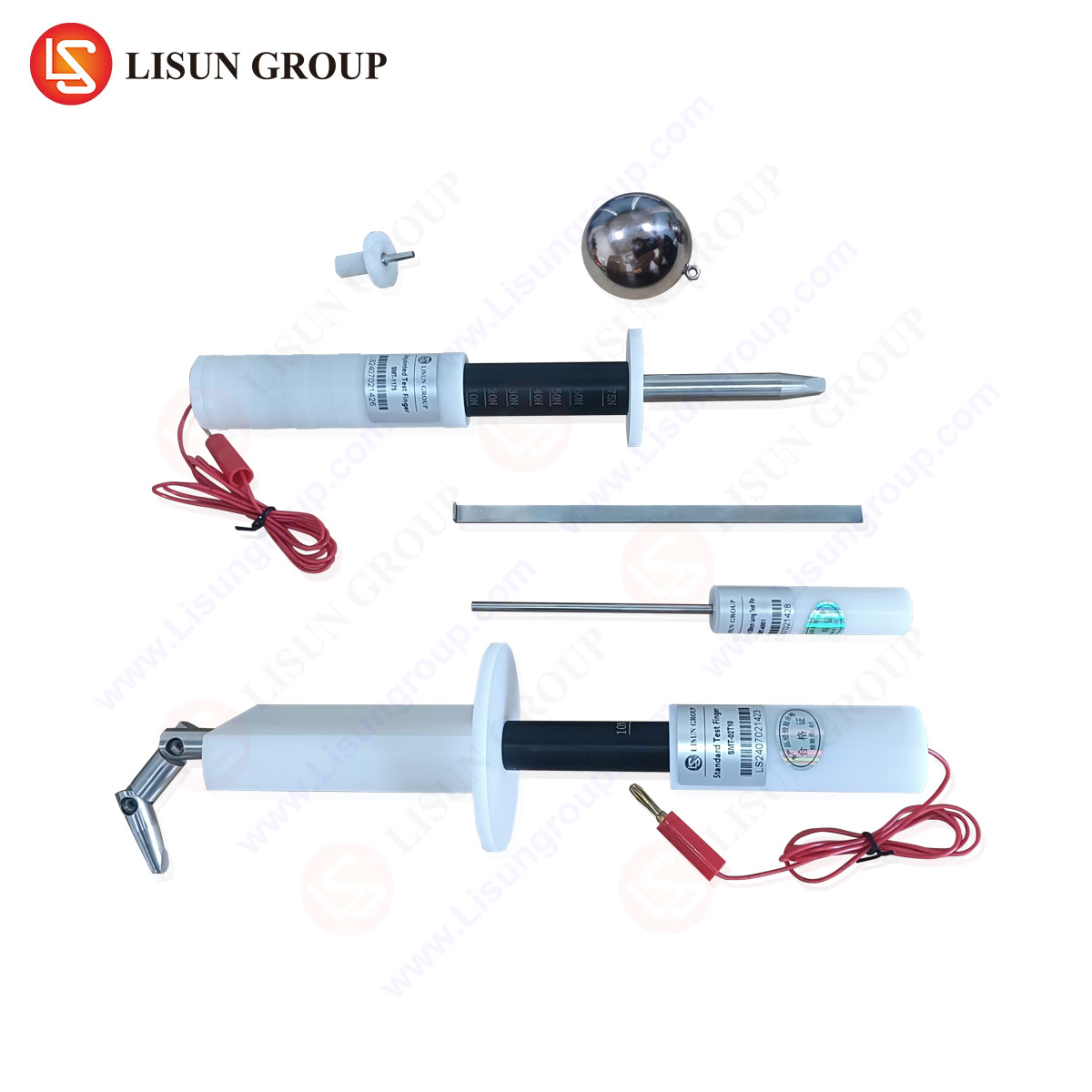Fundamentals of Thermal Chambers in Environmental Stress Testing
Thermal chambers are critical instruments for simulating extreme temperature conditions to evaluate product reliability, durability, and performance under controlled environmental stress. These chambers subject test specimens to predefined thermal cycles, ranging from sub-zero temperatures to elevated heat, replicating real-world operational and storage conditions.
The LISUN GDJS-015B thermal chamber exemplifies advanced testing capabilities, featuring a temperature range of -70°C to +150°C with precision control (±0.5°C). Its forced-air convection system ensures uniform temperature distribution, eliminating thermal gradients that could compromise test validity. Such chambers adhere to international standards, including IEC 60068-2-1 (Cold Testing) and IEC 60068-2-2 (Dry Heat Testing), ensuring compliance across industries.
Thermal Stress Testing in Electrical and Electronic Equipment
Electronic components, such as PCBs, semiconductors, and power supplies, must endure thermal fluctuations without performance degradation. The GDJS-015B facilitates accelerated aging tests by cycling components between extreme temperatures, identifying weaknesses in solder joints, dielectric materials, and conductive traces.
For instance, automotive electronics—including ECUs, sensors, and infotainment systems—undergo thermal shock testing (-40°C to +125°C) to validate resilience against engine compartment heat or winter conditions. The chamber’s rapid temperature transition rate (≤5°C/min) ensures efficient stress application, reducing test duration while maintaining accuracy.
Validation of Household Appliances Under Thermal Extremes
Household appliances, such as refrigerators, washing machines, and HVAC systems, rely on thermal chambers to assess material integrity and functional stability. Polymer components, seals, and electronic controls are exposed to cyclic thermal loads to simulate decades of use within weeks.
The GDJS-015B’s programmable controller enables multi-step profiles, replicating seasonal variations or abrupt power failures. For example, a refrigerator’s compressor must maintain efficiency at -30°C, while its control panel should resist thermal expansion-induced failures at +60°C. Such testing mitigates warranty claims and enhances product lifespan.
Automotive Electronics: Ensuring Reliability in Harsh Environments
Modern vehicles integrate sensitive electronics that must operate flawlessly under extreme thermal conditions. Battery management systems (BMS), LED lighting, and ADAS modules undergo rigorous thermal cycling to meet AEC-Q100 and ISO 16750 standards.
The GDJS-015B supports thermal shock testing (air-to-air) with a transition time of ≤10 seconds, exposing components to sudden shifts from -40°C to +85°C. This accelerates fatigue analysis, revealing latent defects in conformal coatings or microcracks in solder joints. Automotive manufacturers leverage such data to refine designs and prevent field failures.
Aerospace and Aviation Component Certification
Aerospace components, such as avionics, satellite modules, and cabin systems, face extreme thermal variations—from frigid high-altitude conditions to solar radiation-induced heating. The GDJS-015B’s extended temperature range (-70°C to +150°C) accommodates RTCA DO-160 and MIL-STD-810 compliance testing.
For instance, flight control systems undergo thermal vacuum testing to ensure functionality in low-pressure, high-temperature scenarios. The chamber’s nitrogen cooling option enhances sub-zero performance, while its corrosion-resistant stainless-steel interior withstands prolonged exposure to aggressive test conditions.
Medical Device Stability Testing for Regulatory Compliance
Medical devices, including implantable electronics, diagnostic equipment, and sterilization-resistant enclosures, must maintain performance across storage and operational temperatures. The GDJS-015B aligns with ISO 13485 and FDA 21 CFR Part 820, providing validated thermal profiles for stability studies.
A defibrillator’s lithium-ion battery, for example, undergoes thermal cycling (0°C to +50°C) to verify charge retention and discharge consistency. The chamber’s data logging capabilities generate audit-ready reports, streamlining regulatory submissions.
Industrial Control Systems: Stress Testing for Uninterrupted Operations
Industrial automation components—PLCs, motor drives, and HMI panels—are subjected to thermal stress to prevent downtime in manufacturing environments. The GDJS-015B simulates factory conditions, from freezing warehouses to overheated control cabinets.
A 10,000-cycle endurance test on relay contacts at +85°C identifies oxidation risks, while cold-start testing at -20°C validates solenoid valve responsiveness. Such data informs material selection and protective coating applications.
Telecommunications Equipment: Thermal Performance in Network Infrastructure
5G base stations, fiber-optic transceivers, and server racks must endure thermal loads without signal degradation. The GDJS-015B evaluates MTBF (Mean Time Between Failures) by exposing devices to diurnal temperature swings (e.g., -10°C to +65°C).
Optical connectors undergo thermal hysteresis testing to measure insertion loss variations, ensuring stable data transmission. The chamber’s ±0.3°C uniformity meets GR-63-CORE requirements for telecom hardware.
Competitive Advantages of the LISUN GDJS-015B Thermal Chamber
- Precision Control: PID-regulated heating/cooling with ±0.5°C stability.
- Rapid Transition Rates: ≤5°C/min heating, ≤3°C/min cooling for accelerated testing.
- Robust Construction: 304 stainless steel interior, reinforced insulation.
- Compliance-Ready: Supports IEC, ISO, MIL-STD, and AEC-Q standards.
- Data Integrity: RS-232/USB interfaces for real-time monitoring and reporting.
FAQ Section
Q1: What is the maximum load capacity of the GDJS-015B?
The chamber supports a maximum load of 30kg, with adjustable shelves to accommodate varying test specimen sizes.
Q2: How does the GDJS-015B ensure temperature uniformity?
A high-velocity airflow system and strategically placed sensors maintain ±0.3°C uniformity across the workspace.
Q3: Can the chamber simulate humidity conditions?
No, the GDJS-015B is a dry thermal chamber. For humidity testing, consider the HLST-500D model.
Q4: What industries benefit most from thermal shock testing?
Automotive, aerospace, and telecommunications sectors rely heavily on thermal shock validation for component reliability.
Q5: Is the chamber compatible with third-party data acquisition systems?
Yes, the GDJS-015B exports data in CSV format for integration with LabVIEW, MATLAB, or custom SCADA systems.







